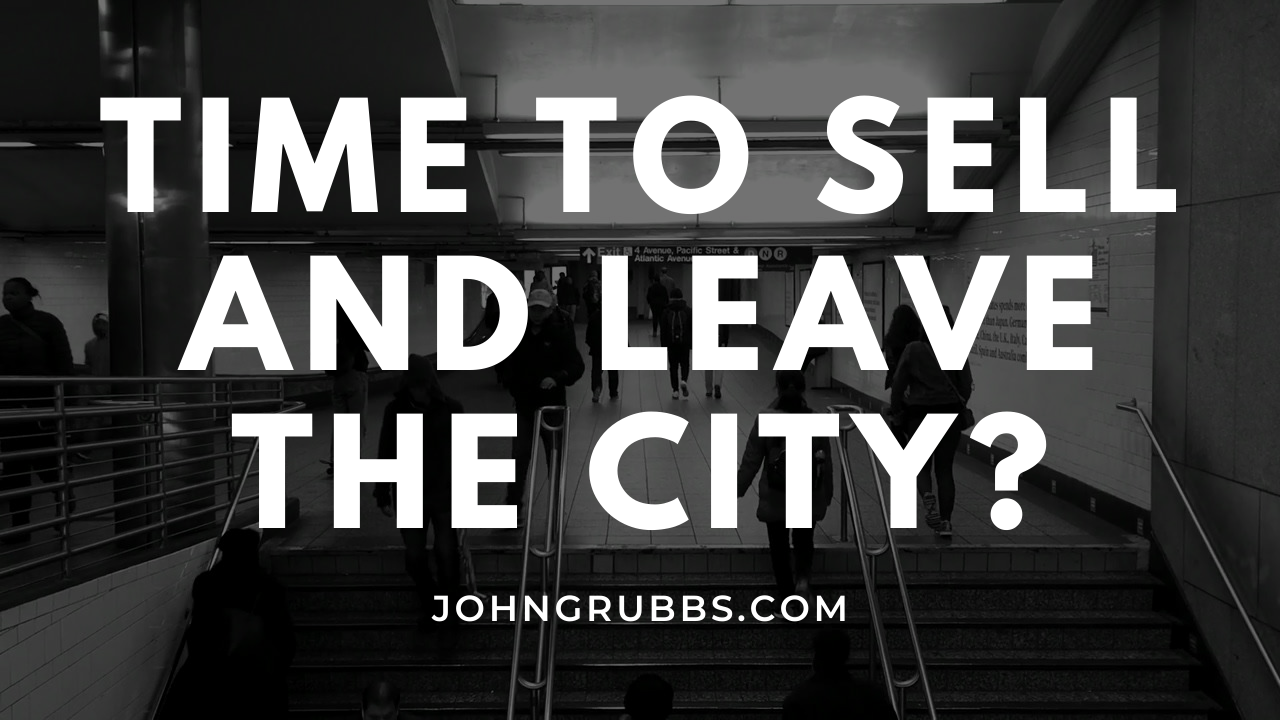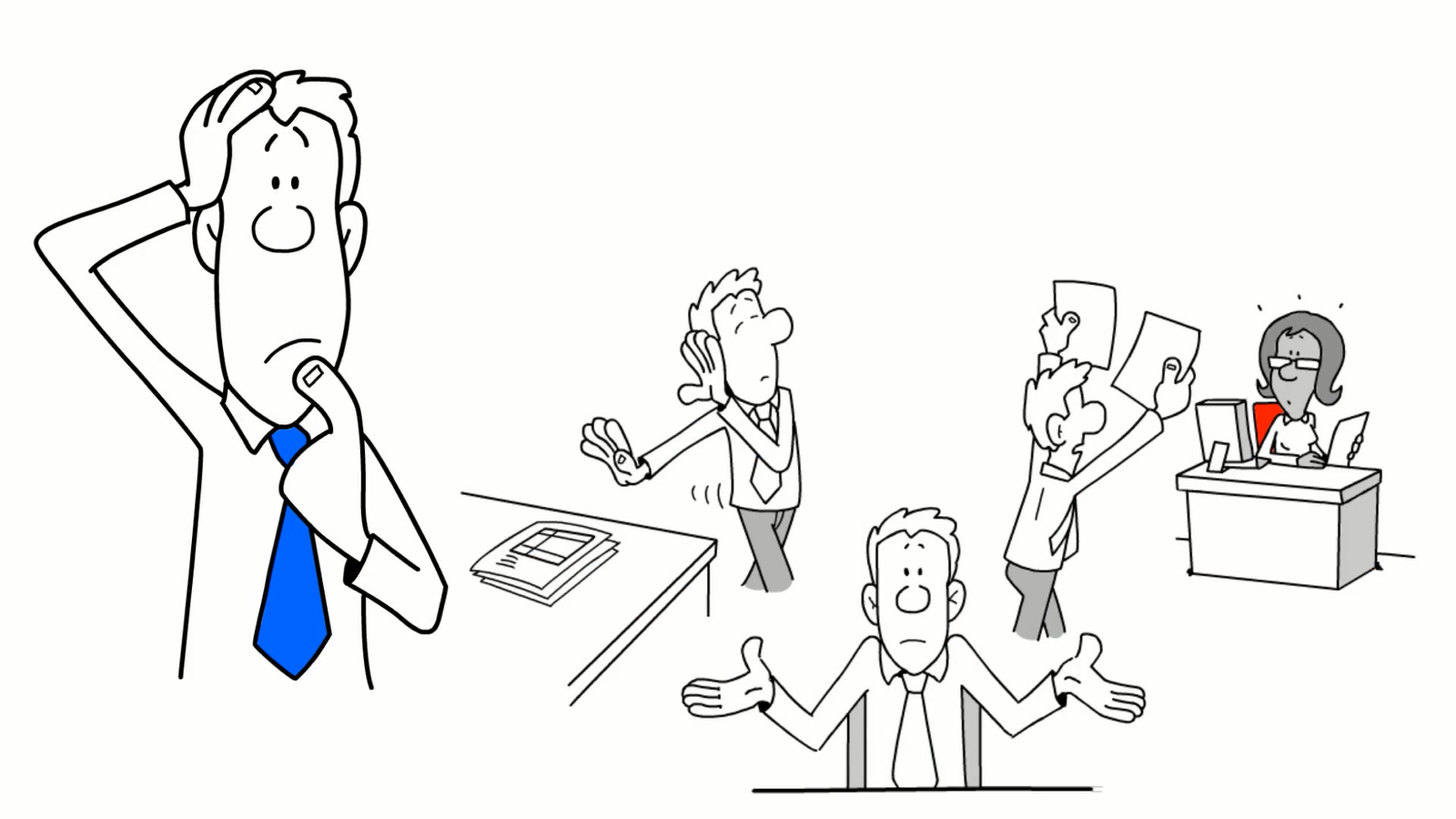|

Work from home (WFH) and recent events will create a mass exodus from some large cities over the next two years. American cities are going to decline post-pandemic. “The great American city” has lost the battle for the hearts and minds of residents. Once the place of opportunity, many have become too expensive and now too dangerous. WFH has become the superhighway for residents to make a move to locations that offer a better cost of living as well as safety for
families. For people beginning a career, cities offered an exciting way of life. Proximity to social gatherings like restaurants and high-paying jobs in concentration made the move to high-rise and lofts downtown appealing. “Going where the action is” made the move to cities almost romantic in the minds of so many people. Trading the nostalgia of rural America for the fast-paced city was alluring for young urban professionals. Covid-19 and changing
urban policies have impacted the landscape. Safety is defined as an acceptable level of risk. For most new city residents, the trade-off for safety was reasonable. Slightly more risk was acceptable for bright lights and a cosmopolitan atmosphere. As risk increases in urban America, the value proposition for city life changes. Joel Kotkin says “There will be a longer impact, an acceleration of the process that was already starting. The work-at-home trend was
already building, the small towns were already becoming much more cosmopolitan, with more and better coffee places and restaurants, and the big cities were already becoming prohibitively expensive.” The coming exodus will place an immediate financial strain on small businesses in urban areas. Without people; restaurants, bars, and coffee shops will no longer have the same supply of customers or employees. A significant number will not survive the current “lockdown” and more will meet a
slower death as customers leave our cities. Ironically, measures to protect people will become the action that drives them away. The law of unintended consequences is legitimate. Safety is a non-negotiable for people with the means and opportunity to relocate. Once risk to health or physical well-being reaches a certain threshold, residents are going to leave in large numbers. As people leave, more and more employers will offer WFH as a way to keep valued employees on the payroll. The next phase will be the relocation of the business to the workers. Many cities are already experiencing the growth of rural
communities into largersuburban populations. This will accelerate over the next two to five years. Real estate in small communities (up to two hours from large cities) is going to see a sharp rise in demand as people, businesses, and eventually, corporations follow the crowds. Urban leaders are about to experience a long and painful contraction of tax revenue that will devastate city economies across the country. Attempts to increase taxes for budget short-falls will accelerate the
exodus. Demand for the property will fall and urban real estate prices will decline precipitously. City leaders will blame the pandemic while denying their own policy decisions as true causation for the significant problems they are about to face. Second homes for the affluent will become primary residences. Primary urban homes will be sold as real estate prices decline in an attempt to cut loss in value. Increased supply of urban real estate properties will drive down prices even faster. Mortgages will become “underwater” and people will take losses or worse, allow the foreclosure. Panic selling in urban areas will create real estate demand in rural America. Economics has a way of changing
people’s decisions about where to live. Historically, there has been a move toward cities. However, major events like the Great Depression of the 1930s reversed the trend. The pandemic and social policy in America’s cities can have the same impact on some major cities today. Smaller city leaders with a different approach can reverse the trend. After the 1918 influenza pandemic, America experienced the first Roaring Twenties. That decade sparked a
time of great building in our cities. That building is likely to happen again in our twenty twenties; however, the zip codes will be different. City leaders who can promise law, order, and safety are going to experience growth. Affluent couples are already plotting escape plans from troubled cities and WFH will become the vehicle for escape if internet reliability exists. Small communities must prepare by building internet capacity for the coming growth. Without this infrastructure in place, WFH is not a sustainable option.
Small cities must also prepare for the healthcare needs of new residents. Once only available in urban communities, premium healthcare must be made available for older Americans seeking a new place to call home. Telemedicine will help, however acute healthcare centers in suburban and rural areas are going to be in high demand.
According to Suburban Jungle, a real estate company, “the era of the big city has, yet again” run its course. Glenn Kelman, CEO of Redfin says “rural demand (for property) is much stronger than urban demand, and that’s a flip from where it’s been for the longest time, where everybody wanted to live in the city.”
Will it be permanent? I think not. As social policies change over time, some cities will see a revitalization (again) in ten years or the next generation of Americans. Change must be precipitated by pain. As the pain in urban areas becomes intolerable, policies will change. For example, lower taxes and personal safety can make city life appealing again. At some point in the future, when property values are extremely low and community leaders can demonstrate
safety for residents, developers will again emerge to rebuild and make money. Until that time, we are going to see significant urban decay; the likes of which we have not seen in our lifetimes. This decay will be further exacerbated by the decline in city tourism. People will not spend money to see our once beautiful cities in a horrid state of reality. Leadership (or lack thereof) has consequences. No matter what you hear or read, the pandemic is not...
Finish Reading
______________________________

Discover My Podcast

Leading the Tribes Video
Leading the Tribes Training - Book my 1-day class at your location for managers and supervisors.
Leading the Tribes Keynote Speech - Book my 1-hour speech for your event.
Call (903) 295-7400 Today!
-------------------------------
Keeping Top Talent Video

-----------------------------

Need a Keynote Speaker?

I'm always amazed at how fun you can make learning!
Tessa Conrad, Pak-Sher
Your excitement and energy as a speaker is amazing. Hearing you speak on your years of experience and insights on leadership and generational change was very relevant and something that we can all learn from and apply to our organizations.
Cliff McDaniel, Louisiana CPA Oil and Gas Conference
It was the best presentation that I have attended so far, You are the best speaker ever . I am so impressed that I have ordered 2 of your books on Amazon. So thank you for making a difference in people’s personal and professional lives.
Lovely Chandla, Hilton
John Grubbs' keynote message is powerful! John is able to clearly convey his knowledge and foresight on the generational changes that affect ALL of us. I had many A-ha moments with his vivid examples. We continue to talk about what his message taught us to this day. You will have to reach for a tissue to wipe tears of emotion and laughter. John's message is memorable and inspirational!
Maria Gallegos, Texas Chemical Council
Call John Grubbs (903) 295-7400


|






